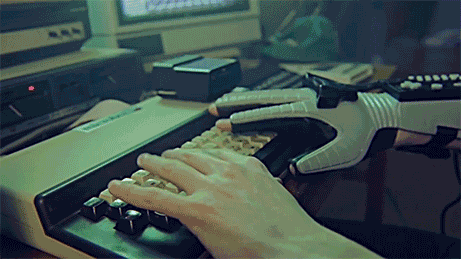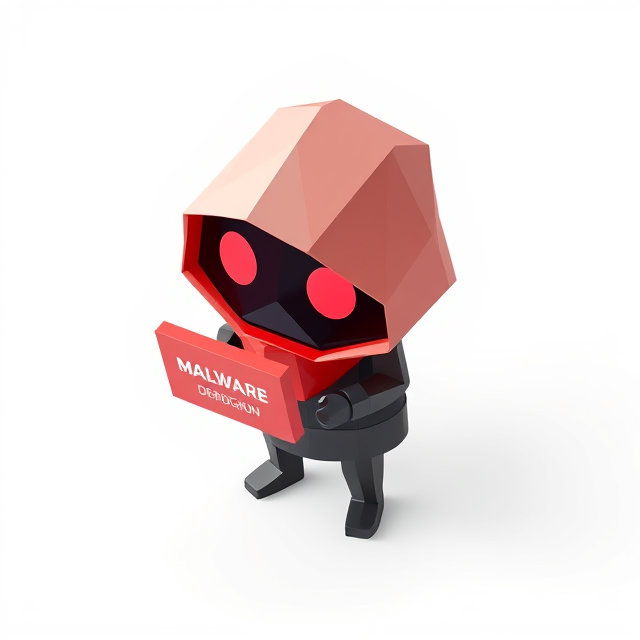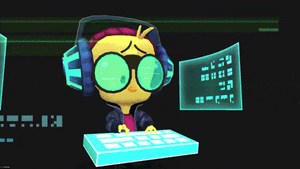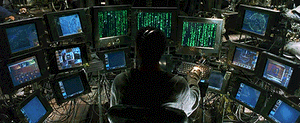
Sans GCFA
The SANS GCFA (GIAC Certified Forensic Analyst) certification is a highly practical and in-depth program that provides a wealth of knowledge in digital forensics and threat hunting. Here's a breakdown of its key takeaways and value:
What It Taught Me
- Comprehensive Threat Hunting
The certification offered invaluable insights into the intricacies of threat hunting. It covered essential aspects like identifying files touched during incidents, critical registry keys, and specific Windows event codes to monitor. These skills are now foundational in my approach to detecting and analyzing threats effectively. - Mastery of Volatility
One of the standout components of the program was its deep dive into Volatility, a powerful memory forensics framework. It provided hands-on experience in extracting and analyzing memory dumps, which is crucial for uncovering advanced threats and understanding malware behavior in volatile states. - Exploring SIEM Alternatives
The course introduced me to a range of SIEM (Security Information and Event Management) tools beyond the commonly known platforms. This broadened my perspective on how to detect and respond to advanced persistent threats (APTs) using diverse technologies tailored for various environments.
Overall Impact
The SANS GCFA certification is much more than just a credential—it’s a transformative experience for anyone in threat hunting, incident response, or digital forensics. It equips you with the tools, techniques, and methodologies needed to detect, analyze, and respond to threats effectively. The real-world applicability of the lessons, particularly in areas like registry analysis, event log correlation, and memory forensics, has been instrumental in elevating my skills as a Detection Engineer and malware analyst.
For anyone looking to deepen their knowledge of threat hunting and forensic analysis, this program is a must. It’s challenging but incredibly rewarding, offering practical skills that can be immediately applied to real-world scenarios.


